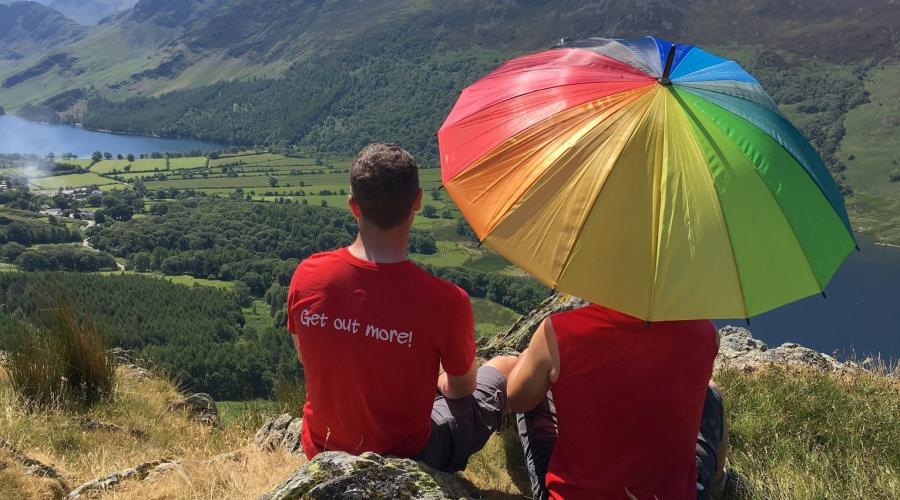Autumn Contrasts from Guildford
24 people attending
6 places left
These are the chief points of interest:
Guildford: A prosperous commuter town made vibrant by its student population and intrinsic appeal. Guildford is a cathedral city, a university town and formerly the county town of Surrey. It was a Saxon foundation that made use of a natural crossing point on the River Wey as it cut through the North Downs. The High Street leading up from the castle is especially fine.
Guildford Castle: This was a royal castle begun shortly after the Norman Conquest. The stone keep was built in around 1170 by Henry II but it was made a luxurious residence by his grandson, Henry III, beginning in 1254. The keep was recently restored and made accessible to the public, and for £3.20 (£1.60 concessions) we can climb up 31 metres and survey the town and countryside. Have a look at this clip (from 1'00" for the castle): https://www.youtube.com/watch?v=CizxHk3qfU4.
Guildford Castle Gardens: Famously colourful (perhaps even in October), the castle grounds were landscaped in 1888. The gardens include alcoves and arbours and a life-sized statue of Alice from Through the Looking Glass, which is a memorial to Lewis Carroll who lived nearby.
St Martha's Hill: Part of the Greensand Ridge, this is the 18th highest hill in Surrey. Although it contains 12th century fragments, the church is mid-Victorian and is only accessible by foot across the heath. It is Surrey's only church on the Pilgrim's Way, a long-distance route that follows the North Downs to Canterbury.
Blackheath: Often called Blackheath Village to distinguish it from its London namesake, Blackheath is a wholly Victorian Arts and Crafts village which stands secluded in the middle of a forested heath. The strangley Spanish Mission adobe-style St Martin's Church and a number of houses in the village were designed by CH Townsend, architect of the Whitechapel Art Gallery and the Horniman Museum.
Wonersh: This pretty village has one long sinuous street of timber-framed and brick and tile cottages. The church of St John the Baptist is largely an 18th century rebuild of 12th and 13th century fragments. The heavily-altered Grantley Arms of 1590 is where we'll have a drink.
River Wey Navigation: The Wey was one of the first British rivers to be made navigable, and opened to barge traffic in 1653. This 15-mile waterway linked Guildford to Weybridge on the Thames, and then to London. The Godalming Navigation, which links to Guildford, opened in 1764, enabled barges to work a further four miles upriver.


Food & drink
Bring a packed lunch and drinks. There are plenty of pubs in Guildford for the post-perambulation pint and we have time for a drink in Wonersh at the Grantley Arms (http://www.thegrantleyarms.co.uk/).